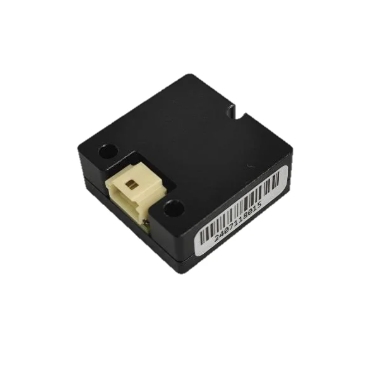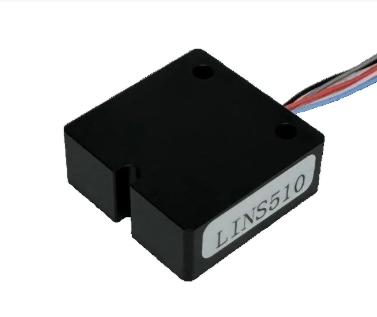- This topic is empty.
-
AuthorPosts
-
2025-08-19 at 4:01 pm #9741
Inertial Measurement Units (IMUs) have become indispensable in today’s industrial applications — from robotics and autonomous vehicles to precision agriculture and aerospace. Among these, MEMS (Micro-Electro-Mechanical Systems) IMUs stand out for their compact size, low power consumption, and increasing accuracy. However, choosing the right MEMS IMU for your specific industrial application can be a complex task, requiring a balance of performance, durability, and integration ease.
One high-tech enterprise leading the charge in inertial sensing technology is LINS, specializing in MEMS-based inertial sensor R&D and product integration. Leveraging LINS’ expertise, this guide will help you navigate the key factors in selecting the ideal MEMS IMU for your industrial needs.
1. Understand Your Application Requirements
The first step is to clearly define what your IMU needs to do. Different industrial applications impose different demands on:
Accuracy and Precision: Robotics and aerospace applications require high-precision orientation and motion sensing.
Operating Environment: Consider temperature range, vibration, shock, and humidity levels.
Power Constraints: Battery-powered or mobile applications demand low power consumption.
Size and Weight: Compact form factors are essential in drones or handheld devices.
LINS develops tailored MEMS IMU solutions designed to meet diverse industrial conditions, ensuring reliability and performance in demanding environments.
2. Sensor Fusion and Integration
A MEMS IMU typically combines accelerometers, gyroscopes, and sometimes magnetometers. The right device should:
Offer high-quality sensor fusion algorithms to provide stable and accurate orientation data.
Provide easy integration with your system’s hardware and software architecture.
LINS emphasizes seamless integration by providing comprehensive SDKs and supporting standard communication protocols such as SPI, I2C, and UART.

3. Accuracy, Stability, and Noise Performance
Key performance metrics include:
Bias Stability: Critical for long-term drift minimization.
Noise Density: Lower noise means better sensitivity to subtle movements.
Scale Factor Stability: Ensures consistent measurements over time and temperature variations.
LINS’ MEMS IMUs undergo rigorous calibration and compensation techniques to maintain high accuracy and stability even in harsh industrial settings.
4. Robustness and Durability
Industrial applications require IMUs that withstand:
Wide temperature extremes (e.g., -40°C to +85°C or beyond)
Mechanical shocks and vibrations
Electromagnetic interference (EMI)
LINS integrates advanced packaging and protection technologies to enhance the durability of their MEMS IMUs, suitable for heavy-duty industrial use.

5. Size, Weight, and Power Consumption
Especially for mobile or embedded applications, selecting a compact, lightweight IMU with efficient power consumption is essential to system design. LINS offers MEMS IMUs optimized for low power without compromising performance, supporting extended operation in portable devices.
6. Support and Customization
Choosing a MEMS IMU from a technology partner like LINS means access to:
Customizable product solutions to tailor sensors to unique industrial requirements
Technical support throughout the development lifecycle
Comprehensive documentation and training to accelerate integration

Conclusion
Selecting the right MEMS IMU for your industrial application requires a detailed understanding of your operational environment, performance needs, and integration requirements. With LINS’ advanced inertial sensing technologies and commitment to innovation, you can confidently find an IMU solution that offers precision, reliability, and durability tailored for industrial challenges.
Whether you’re developing autonomous robots, precision navigation systems, or industrial monitoring equipment, partnering with a specialized MEMS IMU provider LINS ensures your project’s success from design to deployment.
The Role of MEMS IMUs in Modern Industrial Automation and Robotics
-
AuthorPosts
- You must be logged in to reply to this topic.
